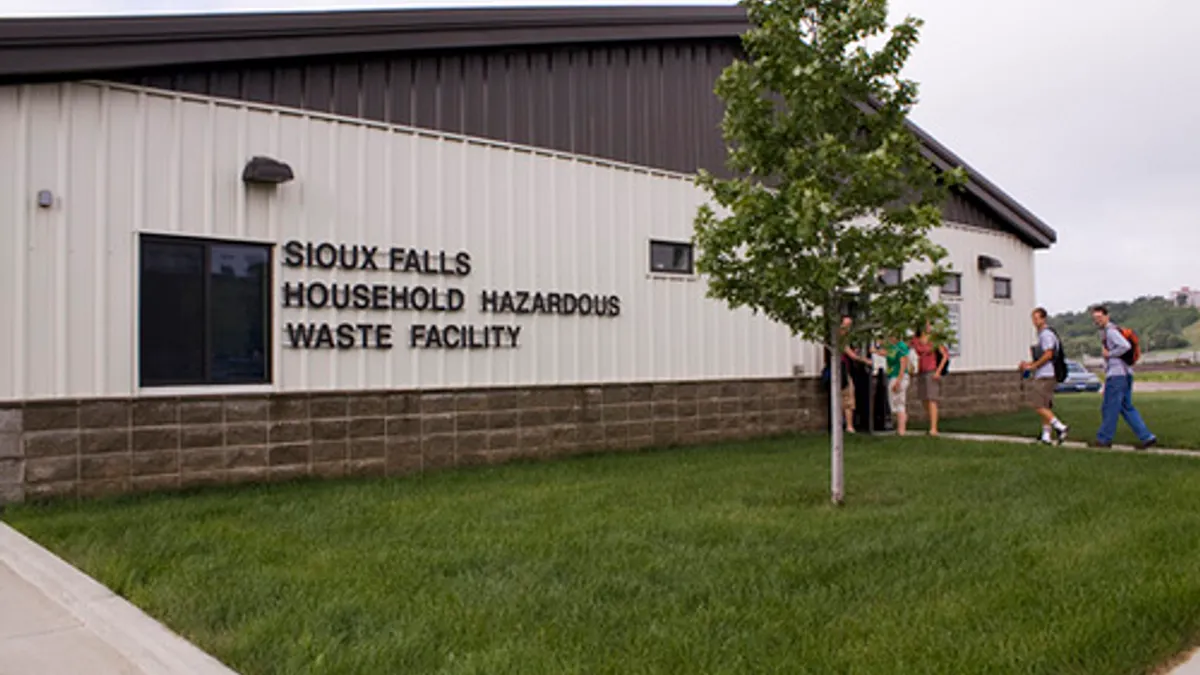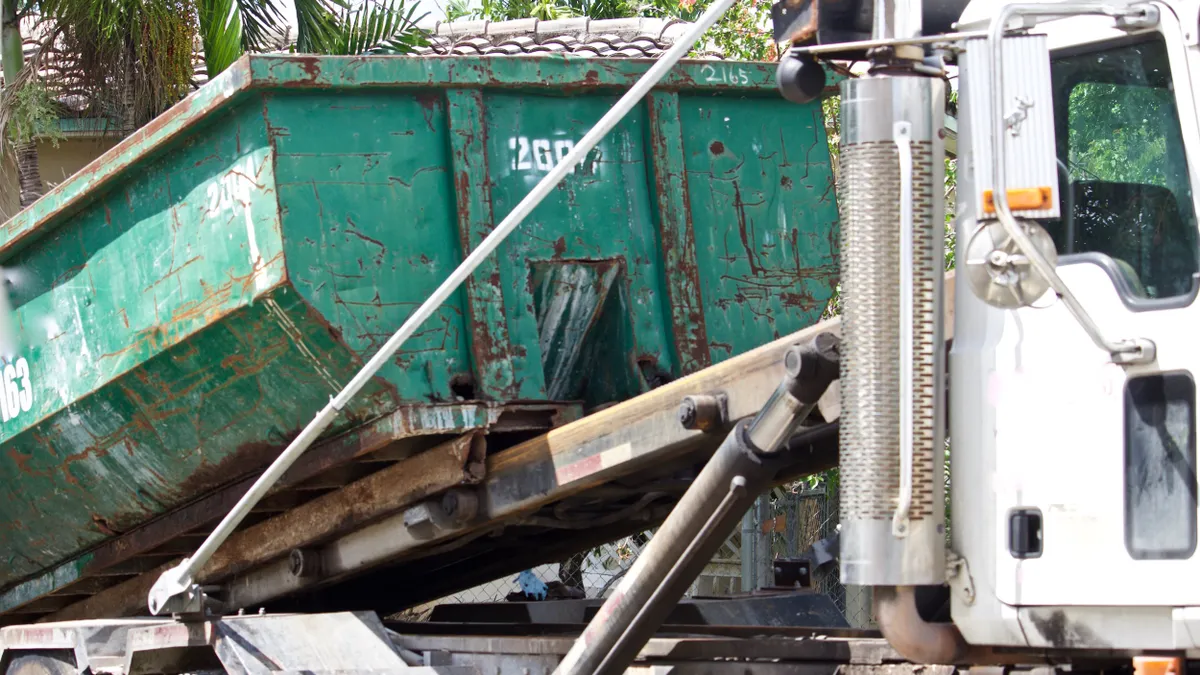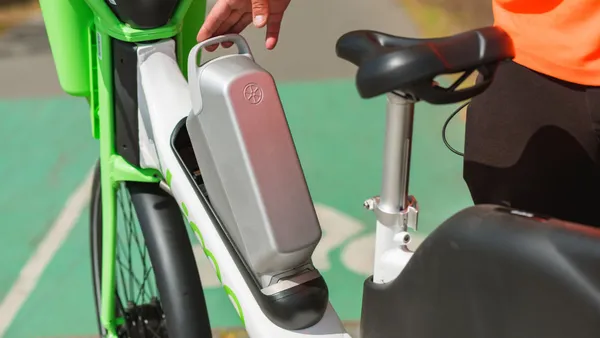As the largest city in South Dakota (SD), Sioux Falls has a long history, dating back to the Native American tribes settling along the Big Sioux River. Today, the city is a busy commerce hub populated with Fortune 500 companies, large residential developments and many parks. It is also a city on the forefront of sustainability, thanks to a Sustainability Master Plan that unites the efforts of its 260,000 residents in the five-county region toward a common goal.
This plan arose from a community committed to protecting its environment, especially through recycling. In 2014, community recycling efforts extended the life of the local landfill for almost 20 years (from 2065 to 2084), not an easy task for a city of any size. Batteries are just one of the many items the city encourages residents to recycle. Rechargeable batteries are recycled through Call2Recycle®, North America’s first stewardship program and largest consumer battery recycling organization. According to Jessica Lantgen, the city’s sustainability coordinator, "Any space we save in the landfill is worth the effort."
Innovative Use of Resources
By any measure, the Sioux Falls’ recycling program is innovative for a city of its size. Lantgen attributes its success to being smart with their resources and focusing on community education, including recycling information on a wide variety of products, including batteries. Lantgen relies on four areas to drive recycling:
Advertising Blitz. Recycling education is a cornerstone of the program. The sustainability team relies on a broad mix of outreach activities:
- A TV commercial about household hazardous waste was created to run on home improvement shows.
- A recent newsletter articles discussed recycling options for owners of multi-unit housing facilities.
- A comprehensive web site features the sustainability master plan and a detailed battery recycling brochure.
- Waste hauler rates are listed on the website so residents can choose the one that matches their environmental preferences.
- Radio ads and in-school programs deliver the message to the broader community, especially young children.
Be Part of the Community. The sustainability team attends about 40 local events each year to answer questions about sustainability and recycling in Sioux Falls, including battery disposal. In 2015 the city sponsored its first Earth Day event, featuring a recyclable art exhibit by local university art students. Other events include a Parks & Recreation summer fair and a water festival where 4th graders learn the importance of proper household hazardous waste disposal in protecting water quality.
Free Stuff. Sioux Falls' household hazardous waste facility collected 2 million pounds of recyclable materials, including electronics, paint and batteries (both alkaline and rechargeable) in 2014; 27,000 residents, or nearly a fifth of the population used the facility. The city collects rechargeable batteries, single-use batteries and cellphones. Drop-offs are free for residents in the five county area; businesses pay a discounted rate.
Its re-use room is also busy. Residents that drop off electronics, paints or other reusable items can fill out a registration form to enter a weekly drawing for a donated (working) TV. This creates a buzz in the community, notes Lantgen, who then uses social media to promote the giveaway and the winners.
Spread the Word Online. Lantgen maintains a visible presence on social media, including Twitter (@SFLeadingGreen) and Facebook (Gogreensf). What’s best about social media is that the team can reach a much broader audience with less effort. They interact directly with the community to answer questions, promote events, give out tips and announce giveaways.
When it comes to affordable and creative ways to promote recycling in the community, Sioux Falls’ program rises to the top. For example, Sioux Falls’ battery collections reached more than 10,000 pounds (4,535 kg) of rechargeable batteries in the past 4+ years or since the city began participating in the Call2Recycle program in 2010. That’s a big jump from the year before, when the city collected 144 pounds (65 kg).
"We are always trying to improve and push the envelope," says Lantgen. "The response from the public is overwhelmingly positive. They are excited to see that their city is committed to creating a sustainable future."










